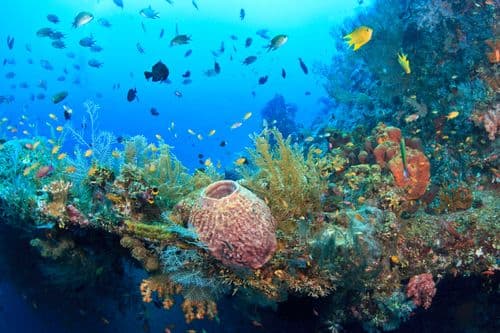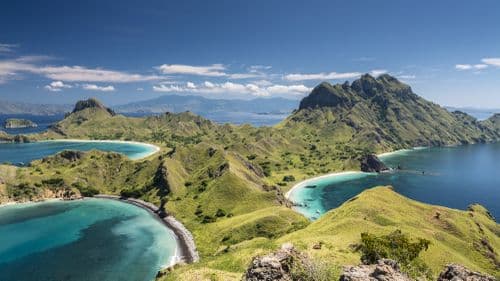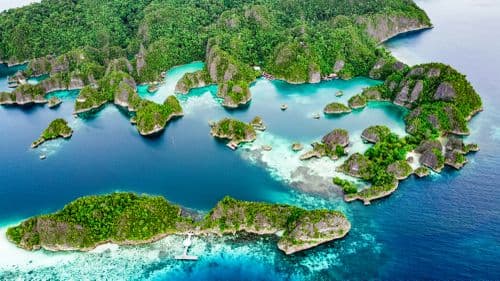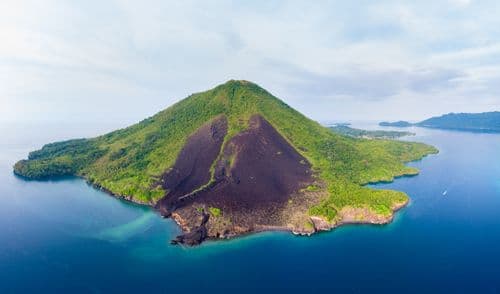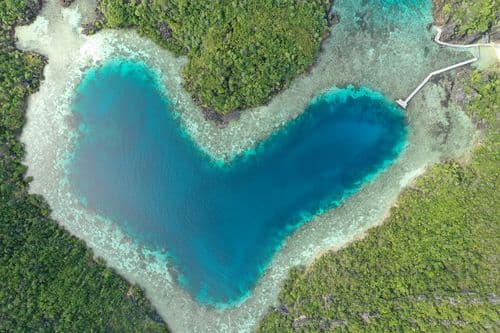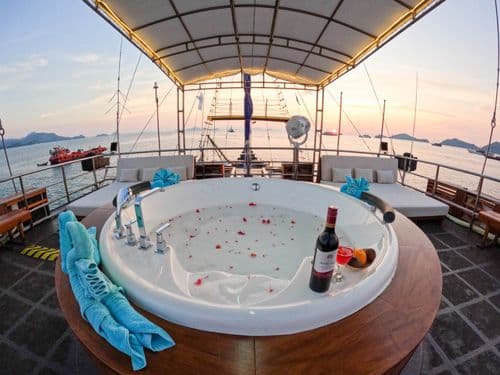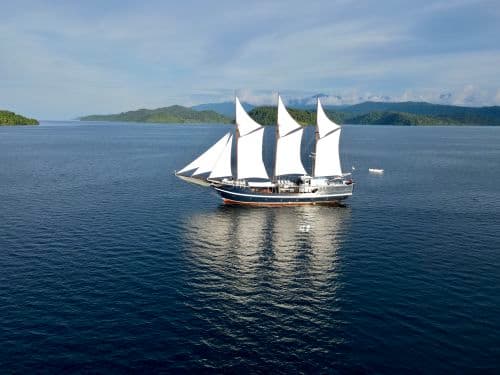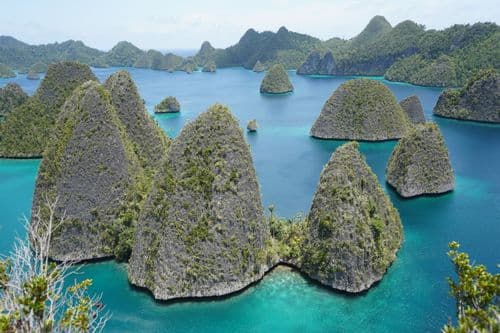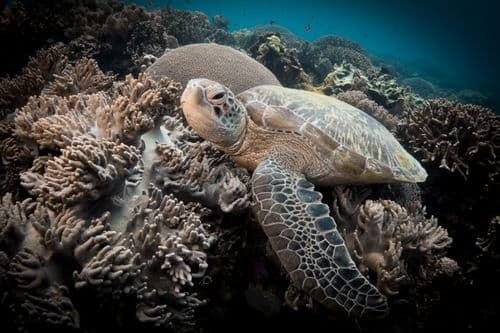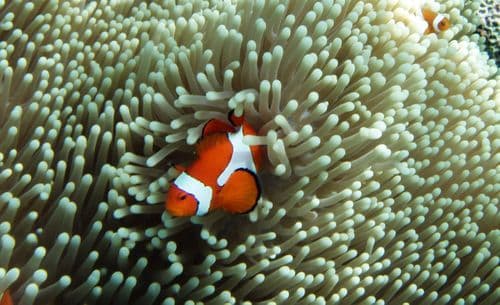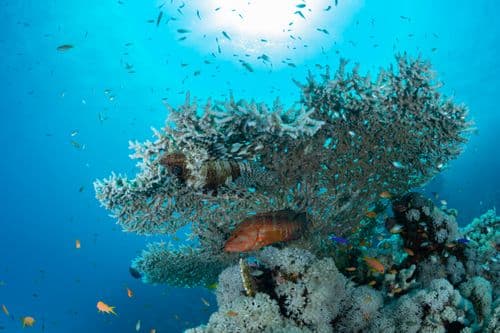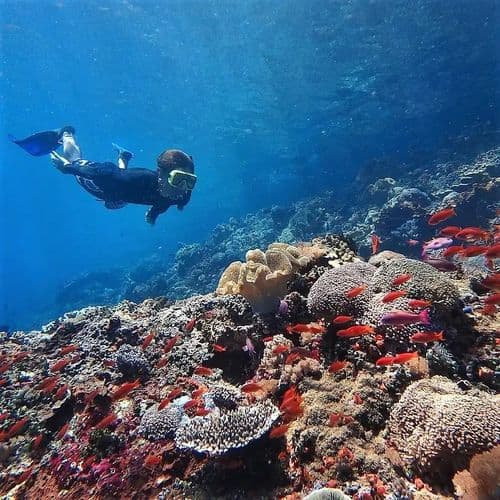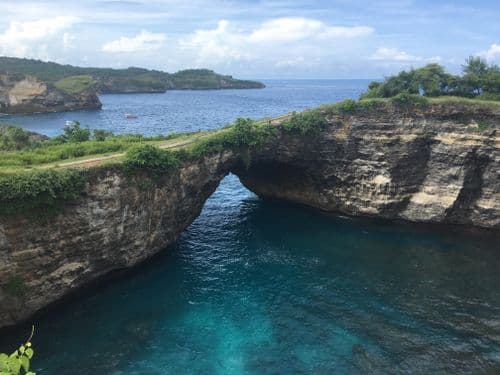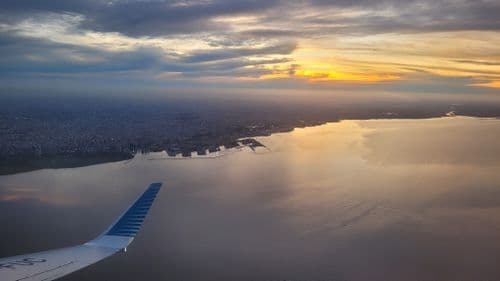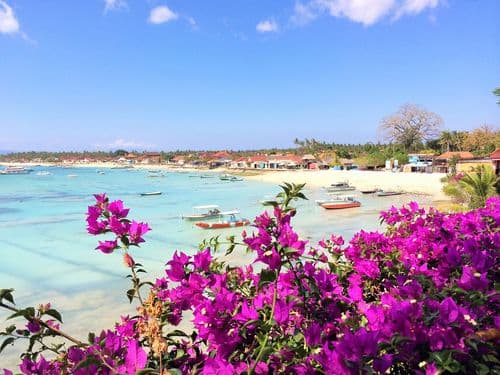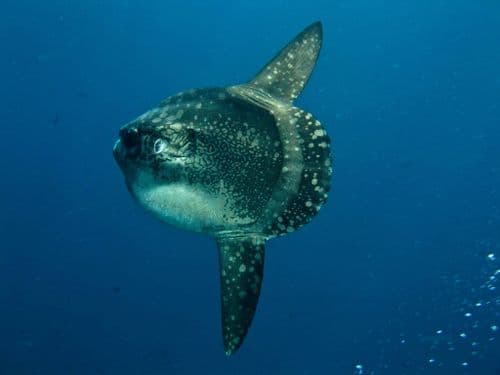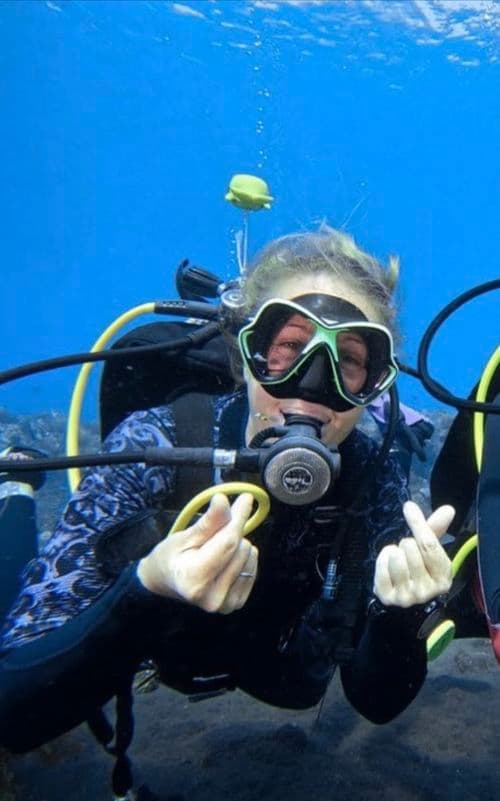
Best Time to Visit Indonesia: Optimal Seasons Guide
Understanding Indonesia’s Weather and Climate
What is the best time to visit Indonesia?



Indonesia is a vast archipelago with over 17,000 islands, each offering unique experiences and climates. The best time to visit Indonesia largely depends on your destination within the country and the activities you plan to enjoy. Generally, Indonesia experiences two main seasons: the dry season and the rainy season, both of which have their own appeal.
Dry Season (April to October): The dry season is the best time to visit Indonesia, especially for outdoor activities such as trekking, diving, and beach vacations. During these months, you can expect warm, sunny days and minimal rainfall. This makes it perfect for exploring the country's diverse landscapes. Bali, Lombok, and the Gili Islands are particularly stunning during the dry season. You’ll find clear skies, calm seas, and vibrant cultural festivals during this time of the year.
The peak season for tourism in Indonesia typically falls within July and August. These months see the highest influx of tourists, which leads to crowded attractions and higher prices. If you prefer a more relaxed experience, consider traveling during the shoulder months of April, May, September, or October. These months still offer excellent weather, but with fewer tourists and lower costs.
Rainy Season (November to March): While characterized by heavy downpours, the rainy season can still be an excellent time to visit Indonesia, especially if you’re looking to avoid the crowds. Rainfall is usually intense but short-lived, leaving plenty of time for exploration.
Regions like Raja Ampat, the Moluccas, and Papua remain great destinations during this period. Diving is particularly good during the wet season, as marine life remains abundant and the underwater visibility is often excellent. However, some areas may experience travel disruptions due to flooding, so it’s important to plan accordingly.
If you’re planning to visit during this time, pack accordingly. The wet season brings lush landscapes, fewer tourists, and lower prices, making it a unique and rewarding experience despite the occasional rain.
How does Indonesia's climate vary by region?
Indonesia's diverse geography results in varying climates across its many regions. Understanding these differences can help you plan the perfect trip. Let’s take a closer look at the climate in some of Indonesia’s most popular destinations: Raja Ampat, Komodo, Sumbawa, the Banda Sea, and Bali.
Raja Ampat: Raja Ampat, located in the far eastern part of Indonesia, offers exceptional marine biodiversity and pristine coral reefs. This region enjoys a tropical climate with warm temperatures year-round. The best time to visit Raja Ampat is from October to April, during the dry season. The seas are calm, and the underwater visibility is at its best, making it an ideal time for diving and snorkeling.
The rainy season here lasts from May to September, bringing more rainfall, though the waters may be choppier. However, diving remains good, and fewer tourists during this time can mean a more serene experience.
Komodo: Komodo, famous for its Komodo dragons, experiences a distinct climate compared to other parts of Indonesia. The best time to visit Komodo is during the dry season, from April to December. Warm, dry weather during these months is perfect for trekking, island-hopping, and diving. July and August, the high season, are particularly popular for visitors.
The rainy season, from January to March, brings heavy rains that may limit outdoor activities. However, the island’s landscapes become lush and green, offering a beautiful contrast to the dry season.
Sumbawa: Sumbawa, located between Lombok and Flores, is known for its remote beaches, surf spots, and traditional villages. The island experiences a tropical climate with a dry season from April to October and a rainy season from November to March.
The best time to visit Sumbawa is during the dry season, when the weather is sunny and the surf is excellent. Sumbawa sees fewer tourists compared to Bali or Lombok, making it an ideal destination for those seeking tranquility.
Banda Sea: The Banda Sea, part of the Maluku Islands, is a hidden gem for divers, offering some of the world’s best diving spots with rich marine life and historical shipwrecks. The best time to visit the Banda Sea is from September to December, during the dry season.
The sea is calm, and the visibility is exceptional during these months, making it perfect for diving. The wet season, from January to April, can bring rougher seas and limited access to some dive sites, but the marine life remains abundant.
Bali: Bali, Indonesia’s most famous island, enjoys a tropical climate with distinct wet and dry seasons. The best time to visit Bali is during the dry season, from April to October, when the weather is warm and dry. This time is perfect for beach activities, surfing, and exploring the island’s cultural sites. The shoulder months of April and October are particularly favorable, offering good weather with fewer crowds.
The wet season, from November to March, brings more frequent rain showers, but Bali remains a year-round destination with plenty of indoor activities and lush green landscapes during this time.
These regions offer diverse climates, each with its own appeal depending on your travel interests. Whether you’re diving in Raja Ampat, trekking in Komodo, surfing in Sumbawa, exploring the Banda Sea, or relaxing in Bali, understanding the best time to visit each region will help you make the most of your Indonesian adventure.
What factors should I consider when planning a trip to Indonesia?
When planning your trip to Indonesia, several factors should be taken into account to ensure you have the best experience possible:
- Weather and Climate: Indonesia's weather varies by region, so consider the climate of the specific destinations you plan to visit. The dry season is generally the best time for outdoor activities and travel. However, the rainy season can also offer unique experiences, such as lush landscapes and fewer tourists. Always check the weather forecast before your trip and prepare for sudden changes in weather, especially in tropical regions.
- Crowds and Costs: The peak tourist season in Indonesia is from July to August, during the dry season. This period sees an influx of visitors, which can result in higher prices for accommodation and flights, as well as crowded tourist spots. If you prefer a quieter experience, consider traveling during the shoulder months of April, May, September, or October. These months offer favorable weather, but with thinner crowds and more reasonable prices.
- Activities and Interests: Your choice of travel time should depend on the activities you wish to pursue. For instance, if you’re interested in diving, the best visibility is typically during the dry season. However, some regions, like Raja Ampat, are excellent for diving year-round. For cultural exploration, such as visiting temples, attending festivals, or trekking in the mountains, the dry season is generally more comfortable. However, some cultural festivals and ceremonies take place during the rainy season, offering a unique glimpse into local traditions.
- Regional Differences: Indonesia’s vast size means that the climate can vary significantly between regions. For example, while Bali might be sunny and dry, Raja Ampat could be experiencing more rainfall. It’s important to research the specific areas you plan to visit and tailor your itinerary to the regional weather patterns.
Is it possible to visit Indonesia during the rainy season?
Yes, visiting Indonesia during the rainy season can be a rewarding experience, depending on your interests and travel preferences. The rainy season, which runs from November to March, doesn’t mean constant rain. Instead, you can expect heavy but brief downpours, often in the late afternoon or evening, leaving plenty of time for activities and sightseeing during the day.
One of the benefits of traveling during the rainy season is that the landscapes are lush and vibrant, with waterfalls and rivers at their fullest. Additionally, the tourist crowds are much thinner, providing a more peaceful and authentic experience. Accommodation prices are also lower, and you may find better deals on flights and tours.
For those interested in marine life, some of Indonesia’s best diving destinations, such as Raja Ampat, offer excellent conditions even during the rainy season, with rich biodiversity and fewer divers in the water. Just be sure to pack appropriately for the weather, including lightweight, waterproof clothing, and insect repellent to protect against mosquitoes.
Summary:
Indonesia is a year-round destination with diverse climates and activities that cater to every traveler’s interest. Whether you’re looking to dive into the vibrant marine life of Raja Ampat, trek through the rugged landscapes of Komodo, surf the waves of Sumbawa, explore the historic waters of the Banda Sea, or relax on the sun-kissed beaches of Bali, understanding the best time to visit each region will help you make the most of your trip.
While the dry season is generally the most popular time to visit, the rainy season offers its own unique charm with lush landscapes and fewer crowds. If you’re planning a trip to Indonesia and want personalized advice or assistance with your travel plans, don’t hesitate to contact us. Our team of experts is here to help you create the perfect Indonesian adventure tailored to your preferences and needs.
